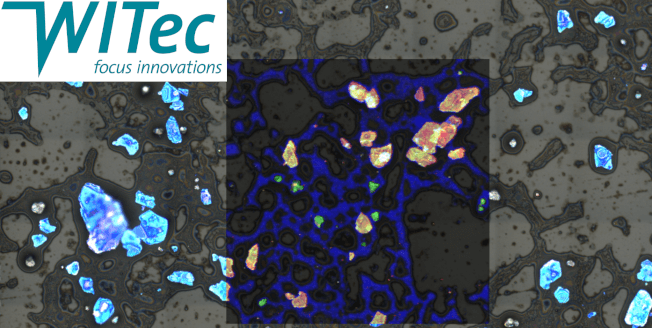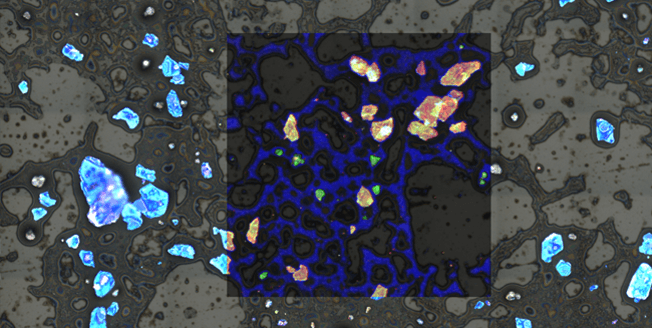This application note describes using Raman microscopy to find, classify and identify microparticles, including microplastics, and features measurement examples from cosmetics & environmental science.


The Raman principle
The Raman effect is based on inelastic scattering of excitation light by the molecules of gaseous, liquid or solid materials.
The interaction of a molecule with photons causes vibrations of its chemical bonds, leading to specific energy shifts in the scattered light that can be identified in its Raman spectrum.
Any given chemical compound produces a particular Raman spectrum when excited and can be easily identified by this individual “fingerprint.”
Raman spectroscopy is a well-established and nondestructive method for analyzing the molecular composition of a sample.
Raman imaging
When Raman spectra are collected at every measurement point using a confocal microscope combined with a spectrometer, a Raman image can be generated that visualizes the distribution of the sample’s compounds. Due to the high confocality of WITec Raman systems, volume scans and 3D images can also be generated from 2D images from different focal planes.





